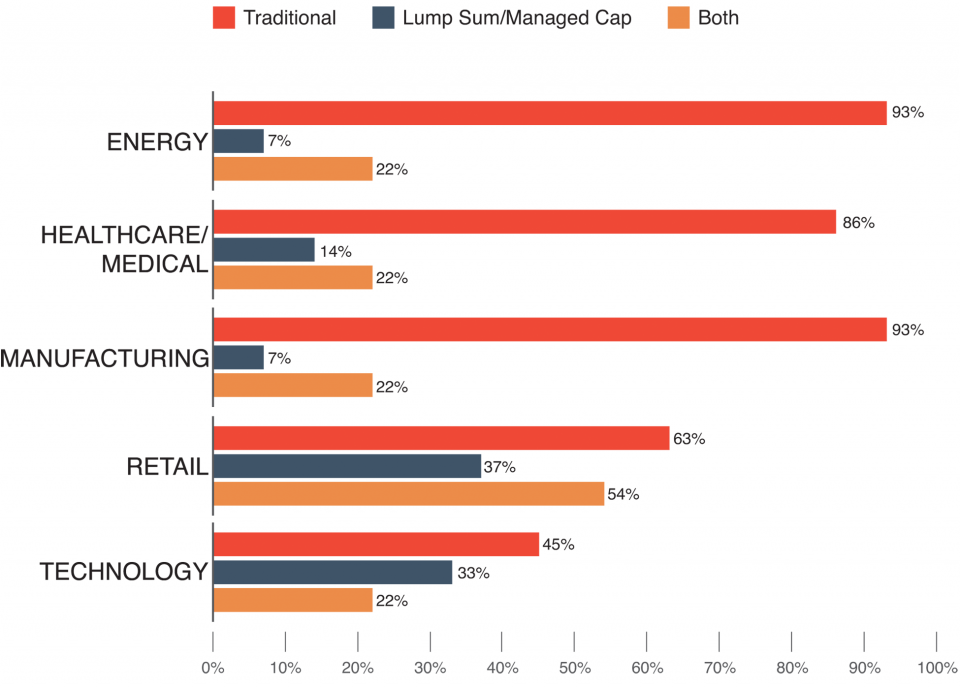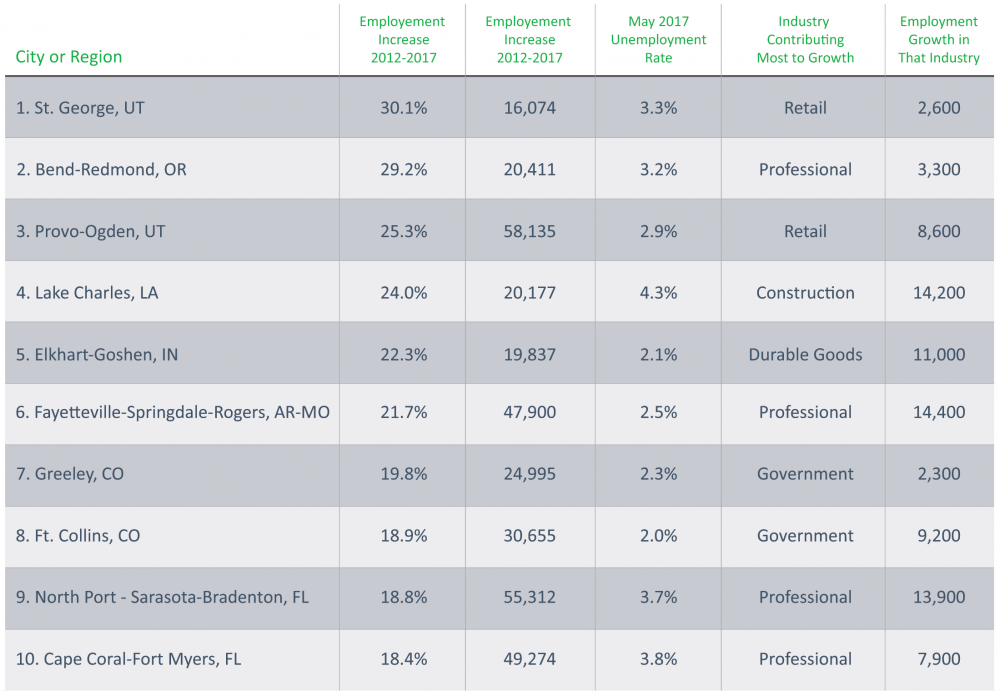What is the best method to help an employee agree to take a relocation assignment at remote or challenging locations? Or to help a candidate accept a new job offer at a similarly challenging location?
Companies that are not familiar with the relocation process may not realize how important it is to put in the extra effort early on to gain acceptance for assignments while also reducing overall relocation costs. Look for a Relocation Management Company (RMC) that has experience working with clients to place employees in remote and challenging locations. The RMC will provide valuable insight to help your company increase job acceptance rates.
Here are five tips that will help your company move employees to remote and challenging locations:
Five Tips to Help Move Employees to Remote and Challenging Locations
1. Pre-Decision Services
GMS is recognized as the RMC that pioneered the development and usage of many of today’s most effective “pre decision” services.
The use of pre-decision services has emerged in the mobility industry as a critical tool in the retention of an organization’s talent and helping employees relocate to challenging locations. Our corporate clients will tell you that the implementation of this program for both a domestic move and a global assignment results in employees that start work sooner, stay longer, and are a better fit in the corporate culture.
Our systems and processes including high-touch customer service, policy expertise, benchmarking, and flexible reporting options allow clients to manage employee relocation programs with better ease and efficiency.
Pre-decision services include the following:
- Candidate Assessment – Assess candidate expectation, skills, personal qualities, family circumstance, and financial preparedness.
- Cost of Living analysis – Cost of living comparison of origin and destination cities to help determine acceptable or competitive salary range.
- Market analysis – Determines the likely home sale timeline and identifies potential home sale challenges such as negative equity.
- School Reports – Public and Private School reports provided to the relocating employee to aid community selection.
- Moving Cost Estimates – Cost estimates on household goods transport, helps budget for relocation costs.
- Community Search and Tours – Coordinates community orientation tours to familiarize relocating employees to their new location, and assist in selecting an area that fits their particular interests.
2. Community Tour of Challenging Locations During Interview
Companies should work with an RMC to set up a community tour during an interview. The focus should be on the many positive aspects of the location. This will help position the company and the location in the best light possible.
For example, a client might be experiencing a loss of candidates due solely to the fact that the candidate arranged their own transportation from their hotel to the company’s facility. If the candidate’s hotel is located near an airport and the surrounding area is not scenic, the candidate will not see any desirable neighborhoods and local points of interest. Partnering with an RMC to provide community tours can address this issue. RMCs provide upfront education on the area to help the candidate see the many positive aspects of the location. As a result, the RMC will help the client increase job acceptance ratios.
3. Include the Family
When a company has determined a candidate is a good fit for the position after the initial interview, a second interview should help finalize the decision process. Companies should consider flying the candidate and their family out for the second interview, before finalizing the job offer.
Including the candidate’s family shows them that the company cares about their well-being, and wants them to feel comfortable in the new location. Work with an RMC that can help the family members learn more about the community, schools, activities, and other points of interest. The RMC will learn what is important to the candidate and their family members during the pre-decision process. The RMC can use this information to highlight the new location in the best manner.
4. Offer Spousal or Partner Assistance
When an employee is offered a relocation opportunity in challenging locations, their spouse or partner’s needs should be considered as well. Often a new job for a transferee may mean a job change for their spouse or partner, in addition to relocating to a new location. The more support and information a company provides for spouses and partners, the more likely the relocation will be successful.
Companies should consider offering services that will help the candidate’s spouse or partner and their family members during the relocation process. Such services can include spouse or partner employment support, counseling services, and stress management assistance.
Spouse and partner career support programs promote successful relocations. Employees expect their company’s relocation programs to provide a wide range of services, technology, and tools. These resources will help make for an easy and smooth relocation process. Along with services targeted specifically for the transferee, the most successful company relocation programs also provide support programs for spouses and partners. Employee’s family members participate in the relocation process, and as such their buy-in and support can ensure a successful assignment.
5. Destination Spotlights for Challenging Locations
Employees considering a relocation assignment are looking for information to help convince them that a relocation assignment will be a valuable experience. Companies with successful relocation programs provide as much information about new and challenging locations as possible. This helps their employees and family members gain a favorable impression and acceptance of a relocation assignment.
A destination spotlight showing highlights and exciting activities provides peace of mind. Also, it boosts the confidence of employees considering a relocation assignment. RMCs can provide information on North America and Global destinations that will help employees learn the best features about the new location.
Conclusion
Global Mobility Solutions’ team of global relocation experts have helped thousands of our clients move employees and candidates to remote and challenging locations. We can help your company understand how to design your relocation program. As a result, your program will highlight the best features of a location, and increase job acceptance ratios.
Global Mobility Solutions is proud to be named and ranked #1 Overall, and #1 in Quality of Service by HRO Today’s 2019 Baker’s Dozen Customer Satisfaction Survey.
Contact our experts online or give us a call at 800.617.1904 or 480.922.0700 today.

















